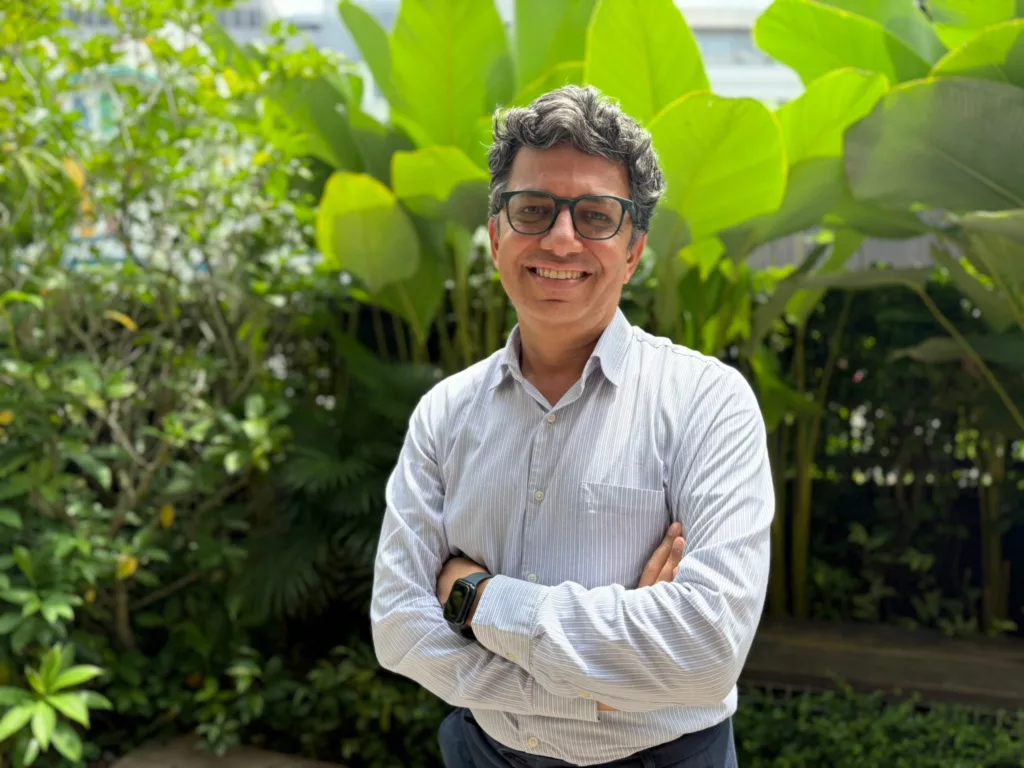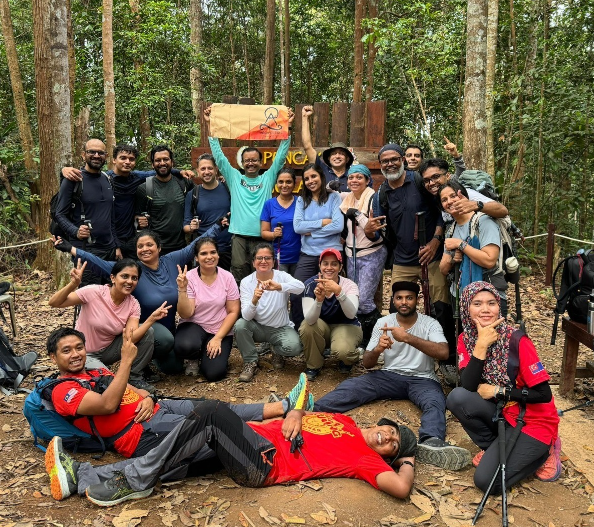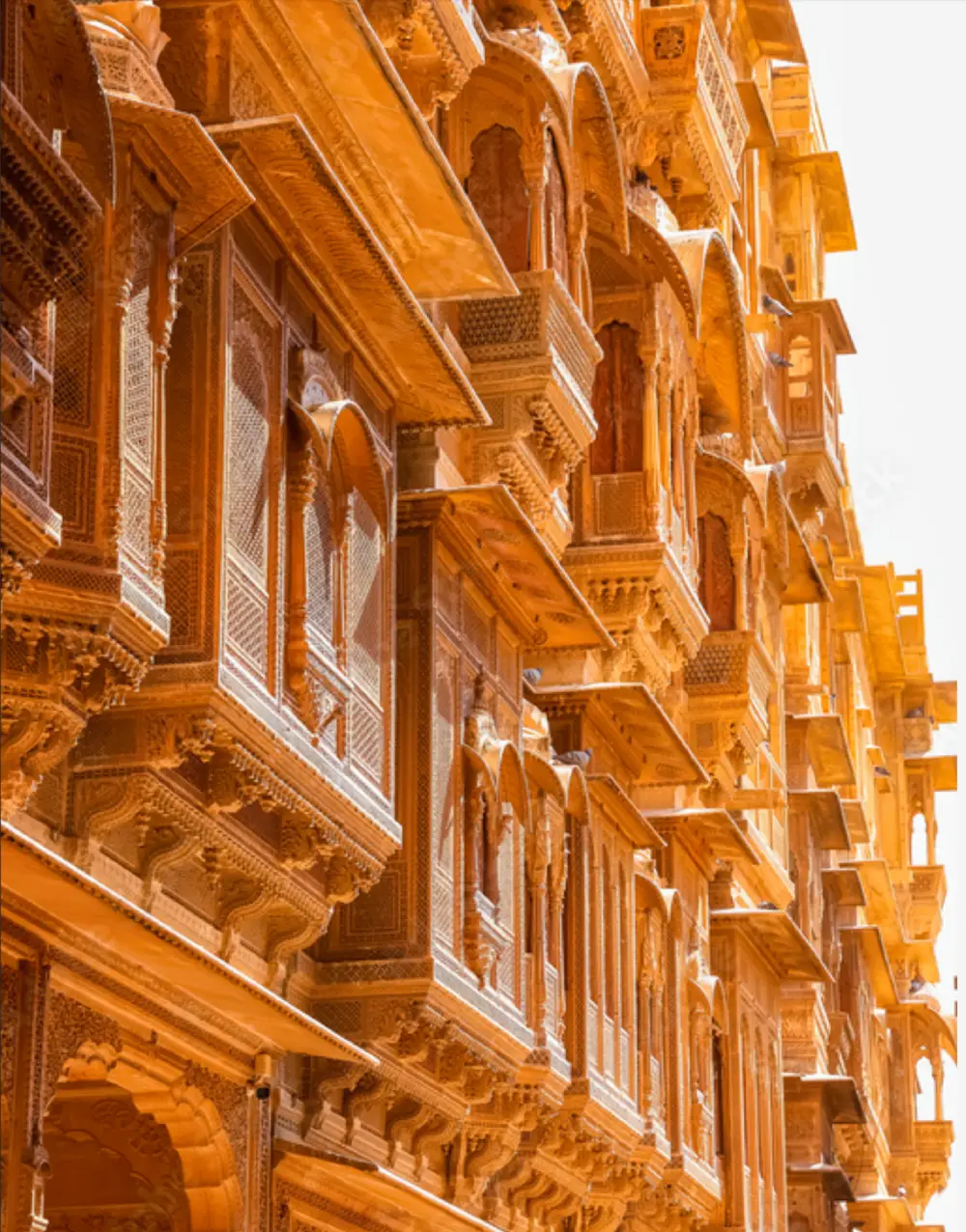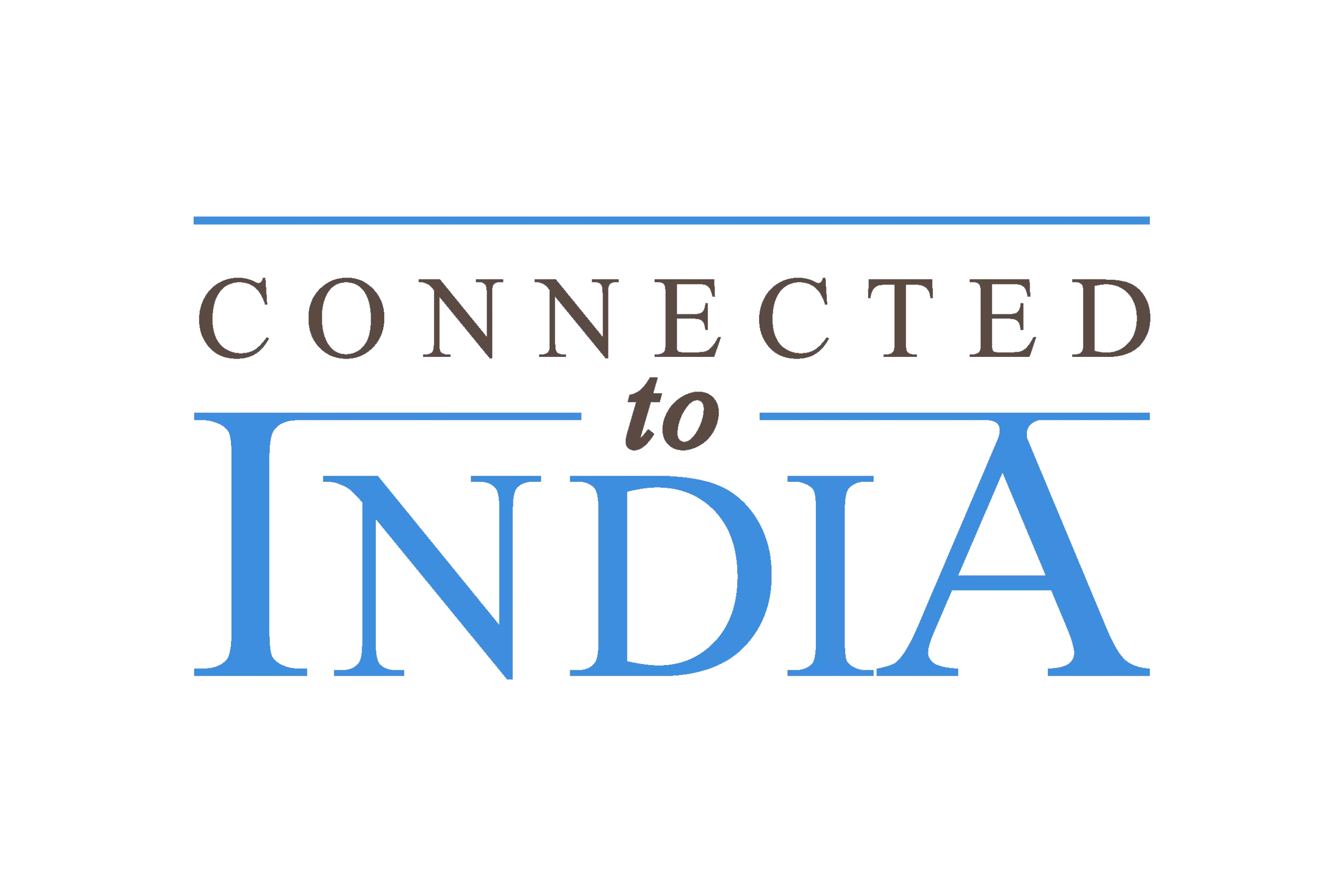
It is said, “There is no wi-fi in Nature, but you will find a better connection.” Few things can forge this connection more strongly than a hike, or its more rigorous version, a trek.
Who better to talk about the benefits of hiking and trekking than Vivek Vaidya, the Indian-origin Singapore-based founder of Trekkers@Heart? A management consultant at Frost and Sullivan and a “corporate storyteller”, he is — as his outfit’s name says — a trekker at heart. So much so that Trekkers@Heart is now a full-fledged organisation that helps people find their inner adventurer.
The number one benefit is discovering one’s own strength and stamina in the great outdoors. Other benefits range from enjoying digital detox to marvelling at the magnificence of remote vistas untouched by mass tourism.
“You could say that this is my weekend hobby turned company,” he tells Sanchita Guha, Consulting Editor, Connected to India. “For growing the idea further, I got support from many volunteers. Many of these people are still working with me.”
Vaidya started the group with a Facebook post, on 11.11.2017, as a way to find like-minded companions on his own treks. Now close to its 8th anniversary, the group has thousands of members — indeed, it is now a community — and it also organises treks for non-members who can pay and sign up for a trek.
His group has now joined hands with Walk for Hope 2025, a Singapore walkathon being organised by the crowdfunding charity Ray of Hope. The event puts out the message of combining philanthropy with fitness.
There’s always time for trekking
Having started out as a trekker during his “first innings” while he went to engineering college in Pune in the 1990s, Vaidya learnt much about this sport just by “bootstrapping” — figuring things out as he went — in the Western Ghats.
His “second innings” as a trekker, which began in 2013, gave rise to Trekkers@Heart four years later in Singapore.
The busy consultant that he is, Vaidya balances his profession and passion by spreading the treks throughout his annual calendar. He says, “I do one major trek that lasts, say, anywhere between 7 days and 15 days in a year, and I’ve been doing that for the past 10 years or so. Then, I try to do several smaller treks, such as a 1-day trek or a 2-3 days’ trek. So that’s how I try to find time.”
Vaidya is meticulous with his planning. “Usually, I decide at the beginning of the year which treks I want to do. Then, I take a look at the season. I take a look at when I can go there, and then I block my calendar right at the beginning of the year.”
Tiny Singapore itself has much greenery but not many mountains — Bukit Timah Hill is one of the higher points of the island — so Vaidya and his group trek a lot in neighbouring Malaysia, nearby Indonesia, and, of course, in the awe-inspiring Himalayan belt of India. Further afield, trekking expeditions to Mount Fuji in Japan and Mount Kilimanjaro in Tanzania have also been organised.
Those who join Trekkers@Heart on these adventures often find themselves pushing what they had earlier thought to be the boundaries of their physical capability.
Citing such an example, Vaidya says, “We had a case where a woman who joined us [for a trek] said on Day 1 that her limit for walking was just 3 kilometres on a flat surface. That’s all she thought she could do; nothing more. Later, when she had walked with us for about one-and-a-half years, she climbed a peak in the Himalayas, far exceeding what she had [initially] thought was her limit.”
To encourage the trekkers going with his organisation and to enhance their sense of achievement, Vaidya and his team have designed some medals — 1K, 2K, 3K, 4K, 5K etc — that are listed on the website along with the destination information.
“We have classified the treks, and when our trekkers cross that threshold of 1,000m or 2,000m or 3,000m, and so on, we give them medals,” says Vaidya. This gives trekkers the feel that there is a “ladder” of achievement they can climb.
Top 6 benefits of trekking
Elaborating on the many benefits of hiking and trekking, Vaidya lists them out, as follows:
● “First and foremost, trekking needs fitness. So fitness is the biggest benefit, because going on a trek means you need to get into shape. You can’t just get up and go for the track. So, the moment you sign up for a trek, you’ll need to plan your fitness regimen.”
● “Benefit number two is, I’d say that hiking or trekking is the only social adventure sport. I mean, suppose you take up running or cycling, or something like that, then for the majority of the time [of your activity], you are alone — you can’t run or ride a bicycle and chit-chat at the same time — but trekking is different. It’s social, because you can have two people walking side by side and chatting for the whole day and completing the entire adventure. So, it’s not a lonely sport; it’s a social sport.”
● “Benefit number three, you go close to nature. Every trek takes you close to mountains, rivers, jungles, streams, wildlife.”
● “Benefit number four is the digital disconnection on most of the treks. In our urban lives, you’re always connected. You’re always checking some status or updating some status. You’re getting bombarded with a lot of messages. That really makes you feel very distracted. However, when you go on a trek, a lot of the time, you don’t have any cell phone connection, because you’re going into remote areas. Also, you may not even have electricity. So, you may not be able to browse your phone as frequently as you do at home or at work. I’d say that’s digital detox.”
● “The fifth benefit is that you get a dose of minimalism. You realise, while on a trek, that you don’t really require too many things to live your life comfortably. Let’s say, you go to the average [mountain] base camp, which is about 15 days’ trek. The maximum allowable weight that you’re supposed to carry is 12kg; that’s how you have to manage for 15 days. Initially, most trekkers freak out, thinking, ‘How can we manage? When we go for a vacation, we carry a 30kg bag.’ But in the end, everyone says, ‘Oh, this was perfect. We could manage within 12kg. Everything was there, whatever we needed.’ So you get to understand minimalism.”
● “The sixth and the final benefit of a trek is that your heart is filled with an immense amount of gratitude towards what you have, because when you go for treks, you’ll see a lot of people who don’t have much. You might interact with guides who don’t have proper footwear. On treks in India or Nepal, you tend to see people who are super underprivileged. We visited a town where nobody had even been vaccinated. But they are so happy — and they’re living their lives so comfortably — that you start realising you have a lot but you keep complaining about things. Usually, all our trekkers feel [that this sport] injects a dose of gratitude [into your mind] and you learn to be thankful for whatever you have.”
Getting trained up to join a trek
Trekkers@Heart not only takes people on expeditions around the world, but also gives them vital skills by training up the newbies. These are life skills that anyone would be lucky to have, and they fortify one’s body and mind, carrying the benefits beyond that specific trek.
Asked how the adventure company shows the ropes to the inexperienced but eager trekkers, Vaidya says that this is done through the 8-week ‘Summit with Smile’ training programme.
Described as “a distinctive programme tailored to equip enthusiasts for the arduous journey of summiting their dream peaks”, this training plan covers focused exercises, practice treks, improved teamwork, and other aspects that are key to a successful trekking expedition.
The 160m high Bukit Timah Hill in Singapore is one of the practice grounds. Since it is not very high, the trainees are asked to climb up and down the hill again and again to increase their skill and endurance.
Best not to take the ‘Summit with Smile’ name literally, though. This programme is about aspiring to reach a summit and to prepare for that goal, but only if one can do that comfortably and safely.
“We take [the trainees] for practice hikes. We tell them what gear to carry, what to carry, what not to carry, how to fit it all into one bag, what bag to carry, what shoes to carry. So we give them the entire explanation of what they should be doing on a trek,” says Vaidya.
This, he says, “allows them to prepare on three counts” — physical preparation in terms of fitness; mental preparation; and gear preparation.
“I’d say that ‘Summit with Smile’ is the most unique programme in the world,” says Vaidya with a hint of pride. “I’m not aware of any [other] major trekking company that offers this kind of a programme, which we do very, very religiously.”

Training together often also means trekking together. It helps to expand the trekker community, as many of the people who sign up for ‘Summit with Smile’ also plan group trips afterwards.
“One of the biggest advantages that Trekkers@Heart offers is that we’ve gathered a community of like-minded people,” says Vaidya. “We have weekly walks within Singapore, so that they get an opportunity to interact with everyone and that’s where they discuss, ‘Okay, let’s go on this trek or that trek.’ There are some sub-groups that have automatically formed — when people gel well with each other, that’s where they plan their treks. So, this is why we call it a community.”
In the course of trekking outside Singapore, this Trekkers@Heart community also manages to link up with some of the adventure communities in those countries. Therefore, like neural connections in an active brain, these adventure sport connections keep growing.
There are some benefits of trekking beyond the six that Vaidya lists first. These apply to work and life settings.
One, trekking gives a person so much confidence that they are better able to handle problems in their regular lives. “Someone told me,” recalls Vaidya, “that ‘Now I can stand up to my boss more confidently. Because I climbed a mountain, I feel confident that if I put my mind to something, I can achieve it. And somehow, that confidence helps me to deal with my co-workers and my bosses.’”
Two, trekking gives one much to talk about in the social sphere. Vaidya says, “Normally, you’d just be discussing politics, cricket, movies… but now, suddenly, you’ve conquered a mountain and you’ve got lots of stories to tell.”
No wonder then, once they get a taste for trekking, most people are hooked for life.


